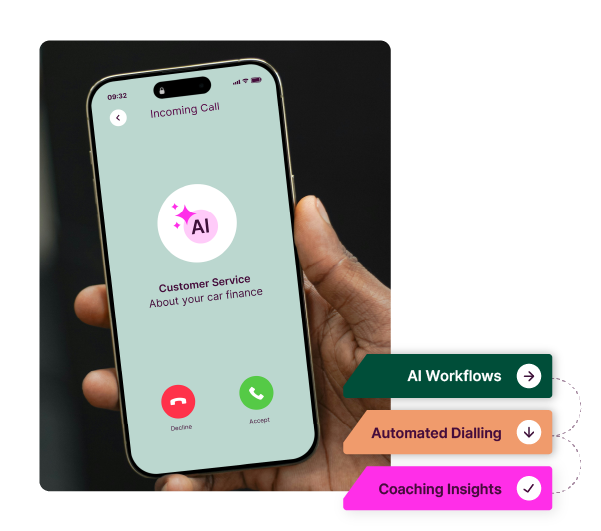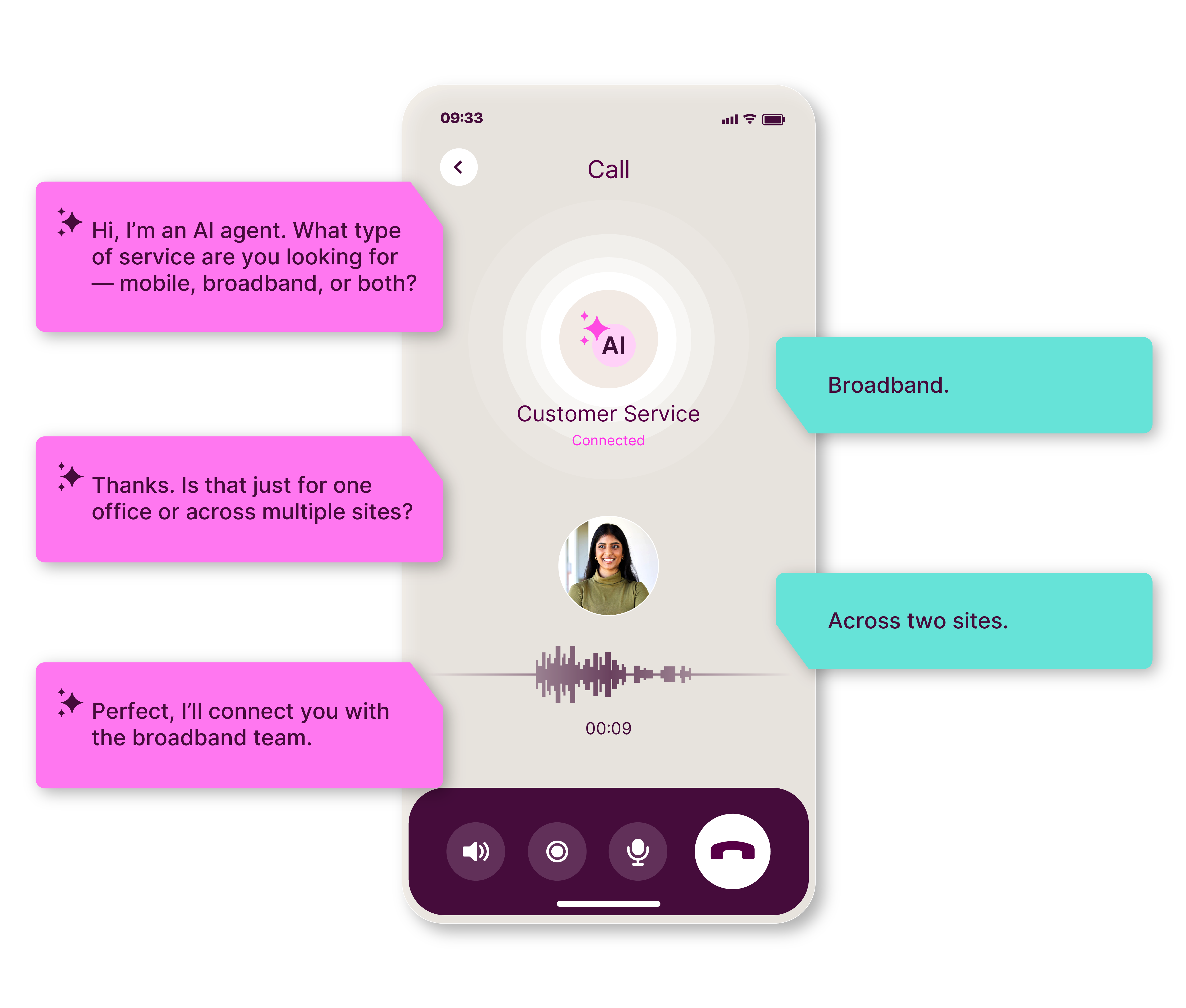AI-POWERED CUSTOMER ENGAGEMENT PLATFORM
Turn every customer interaction into a revenue-driving opportunity with MaxContact’s all-in-one customer engagement suite.
Trusted by thousands of users
.avif)
.avif)
.avif)
"The MaxContact solution gives our teams the freedom to carry out their roles and flexibility to work securely in and out of the office, which has increased job satisfaction."
.avif)
.avif)

“We outlined what we needed to performance manage, and MaxContact delivered the insights that help us monitor our service and spot areas for improvements across our team.”
.avif)
.avif)
.avif)
"The relationship we have with MaxContact, their own commitment to innovation and the fact that, through regular reviews, they're aware of what we want to do as a business, has helped technology become a point of difference for us."
.avif)
.avif)
.avif)
"The MaxContact customer engagement platform allows us to provide a cost-effective, reliable omnichannel service to our clients"
TURN CONVERSATIONS INTO A COMPETITIVE ADVANTAGE

Performance that scales, outcomes you can measure
AI handles routine tasks, predictive dialling maximises talk time, and intelligent targeting helps your agents perform at their best.
Proven success across industries
The MaxContact Products
AI-powered customer engagement technology that helps turn every conversation into a commercial outcome. From contact centre software to autonomous AI agents, MaxContact helps you connect smarter, perform better, and scale faster.

AI Solutions
From intelligent call summaries to conversational AI agents, we help you scale efficiently without losing the human touch.
maxcontact's
AI Agents
Purpose-built AI agents that integrate seamlessly with any contact centre platform. Deploy individually or together to automate routine tasks while your team focuses on complex interactions. Works with your existing technology stack.

AI That Works For Your Business
Handle More With Less
AI automation manages routine interactions and tasks, freeing your team to focus on high-value conversations that drive results.
Contact Centre Expertise Meets AI
Purpose-built AI solutions designed by contact centre specialists who understand your operational challenges and business goals.
Performance That Scales
AI-powered insights and automation help your agents convert more leads, coach with precision, and deliver consistent results across every campaign.
exceptional support & software
AI-powered customer engagement software, backed by people who care. Our UK-based experts work alongside you to transform how you connect with customers and drive real results.

CONNECT YOUR EXISTING TECH STACK
Our Integration Marketplace connects your contact centre applications seamlessly. Unlock efficiencies that drive your business forward.



Performance Guaranteed. Results Delivered.
With 20+ years of expertise and 500+ successful deployments, we know our platforms deliver results. We're so confident, we'll guarantee your performance improvement through the MaxContact Performance Promise, or you walk away.
Book a call to find out more about MaxContact's Performance Promise.
Insights to maximise your success

AI Call Screening: What It Is, Why It Matters, and How MaxContact Helps You Stay Ahead
Outbound contact teams are facing a new reality. The calls that used to connect are now being intercepted - not by answerphones, but by AI.
Stop the Guesswork: Plan Smarter for 2026
A practical session to help you uncover key insights to drive your business forward.
2025/26 UK Contact Centre KPI Benchmarking Insights Report
A comprehensive benchmark of key contact centre metrics and insights, providing the context needed to set realistic, competitive performance targets.
READY TO TRANSFORM YOUR RESULTS?
See how MaxContact's AI-powered platform helps ambitious businesses turn conversations into growth. Book your personalised demo today.




.avif)

.avif)
.avif)
.png)
.avif)
.png)
.avif)
.png)
.png)










